H. L. M ENCKEN
I magine for a moment it is 1923. Al Capone is assembling an army of gun-toting henchmen in Chicago. (They will number 700 before he is through.) Cotton farmers in the South are sunk in depression. The Ku Klux Klan is on the rise. Newspaper headlines tell of corruption in the Veterans Bureau (the director has had to resign). Rumors in the capital hint of the coming Teapot Dome Scandal. (Eventually two secretaries in the cabinet will go to jail, convicted of corruption.)
But these are not the things that concern the president of the United States. What worries Warren Hardingtouring the country on a campaign swing that will prove to be his lastis a recent attack on the legend of Paul Revere. An iconoclast had noted that Revere never completed the ride made famous by Longfellow. Before giving warning to Concord, Revere was discovered by the British and captured. Harding, however, told the crowd he didnt care. I love the story of Paul Revere, the president intoned in his most presidential-sounding voice, whether he rode or not.
Americans today are less scandalized by iconoclasm than Harding was. But we are less cynical than we think we are. Indeed, the evidence suggests we are just as susceptible to mythology as Americans in the past.
The danger is not that we have myths. They tell us who we are and what we cherish and all people have them. The danger is hiding from the fact that they are myths.
1
Patriotism
In Dr. Johnsons famous dictionary patriotism is defined as the last resort of a scoundrel. With all due respect to an enlightened but inferior lexicographer I beg to submit that it is the first.
A MBROSE B IERCE
N othing seems more natural to an American than to venerate the patriotic symbols that represent America. They are virtually sacred. Scornful as we are of the candidate who wraps himself in the flag, it is often the candidate who fails to do so who loses.
But if Americans cherish their symbols of patriotism, they havent always loved them. It used to be good enough just to respect them.
Take Old Glory, that emblem of unity, of loyalty to home and to kindred, and to all that is sacred in life. The early adoption of the flag by the United States has been considered proof of its early acceptance as a sacred symbol of the United States. But that seems not to have been the case. Milo Quaife, in his exhaustive history of the flag, concluded that the generation that gave us the national flag remained astonishingly indifferent to it.
From early congressional debates, for instance, it is quite clear that the only reason the founders adopted a national flag was for the practical reason that the navy needed one for identification when sailing into foreign ports. The bill providing for the establishment of the flag consisted of a single sentence, just twenty-nine The preamble to the Constitution was longer (fifty-two words). When in 1794 someone introduced a bill to add two stars to the flag to take into account the admission into the union of Vermont and Kentucky, many members objected that the matter wasnt worthy of their attention. It is a trifling business, said one, which ought not to engross the attention of the House, when it was their duty to discuss matters of infinitely greater importance. The Vermont representative agreed. In the end, says Quaife, the members approved the bill as the quickest way of terminating debate about it.
The existence of great varieties of flag designs demonstrates the profound carelessness with which it was treated. Some stars came with five points. Some stars came with six. Some stars came in white. Some came in silver. Because Congress never specified if the stars should be arranged in a circle or in rows, flag makers stitched them both ways. On the eve of the Civil War it became fashionable to put them in an oval. Even the number of stripes seems to have varied by whim, though it was established by law. At one point the flag over the capitol had eighteen stripes, while the flag over the New York Navy Yard had only nine.
The flag is a particularly poor example of an early sacred symbol, as many Americansincluding top government officialswere unsure of its appearance. More than a year after its adoption by Congress, Benjamin Franklin and John Adams, in a joint letter to the king of Naples, said it consists of thirteen stripes, alternately red, white and blue.
They may be forgiven for their ignorance. For Americans in our early history seldom got the chance to see the flag. It did not fly from buildings. It was not put in the schools. It was never reproduced in the newspapers. And painters did not make pictures of it. Wilbur Zelinsky, reporting on a search of major catalogs of art from the Revolutionary War, says he could not find a single depiction of the American flag.
The erroneous impression that Old Glory was ubiquitous in the Revolution is due to the fact that it is ubiquitous in the paintings of the Revolution done in the nineteenth century. But the fact is, not a single land battle in the Revolution was fought under the Stars and Stripes. There was no American flag at Bunker Hill, at Trenton, or even at Yorktown. Indeed, not until the Mexican-American War did American soldiers fight under Old Glory. Even then the use of the flag in battle was limited. The marines did not adopt the flag until 1876; the U.S. Cavalry not until 1887. Forget those pictures of George Custer and the Stars and Stripes. His men never carried it.
Soldiers did not go flagless, of course. They had battle flags to keep up their spirits. But nobody cares about those old battle flags. What we want is Washington crossing the Delaware with the Stars and Stripes. And what we want the artists in the nineteenth century gave us; pictures with flags sell.
Pictures counting more than words, it is likely we will forever think of the boys on Bunker Hill fighting under the flag John Trumbull put there in his famous painting of the battle. When we imagine stereotypical revolutionary soldiers, it is Archibald Willards depiction in The Spirit of 76 that we think of. It features the flag and three haggard patriots, one playing a fife, the others beating drums. It is part of the myth of America and no more could be eliminated from our national memory than the Revolution it honors so sentimentally.
Of Americas Revolutionary War heroes, only one fought under the Stars and Stripes, John Paul Jones, who has been the subject of endlessly silly stories. Biographer Augustus C. Buell, for example, claimed Joness flag aboard the

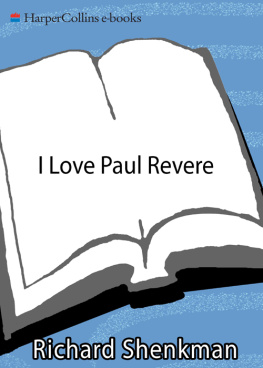
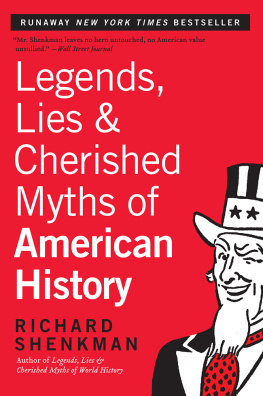
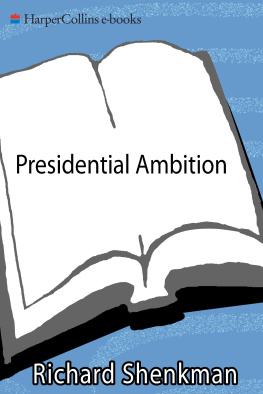
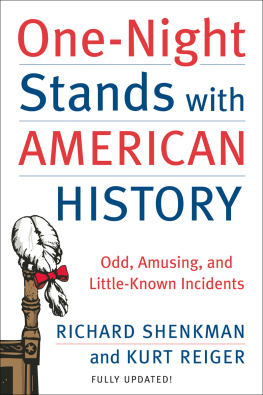
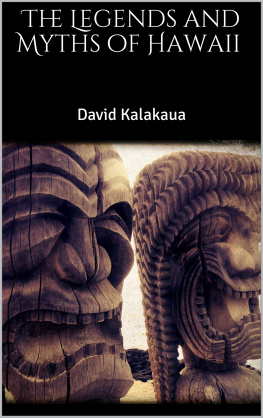
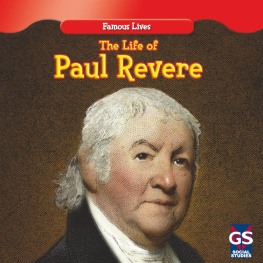


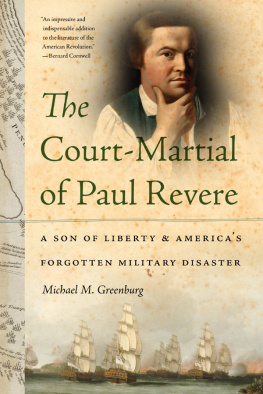
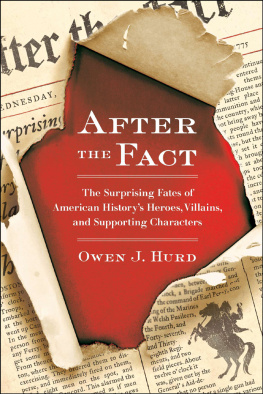

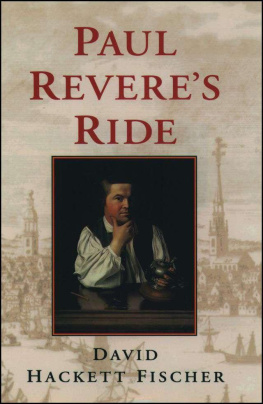
 I Love
I Love